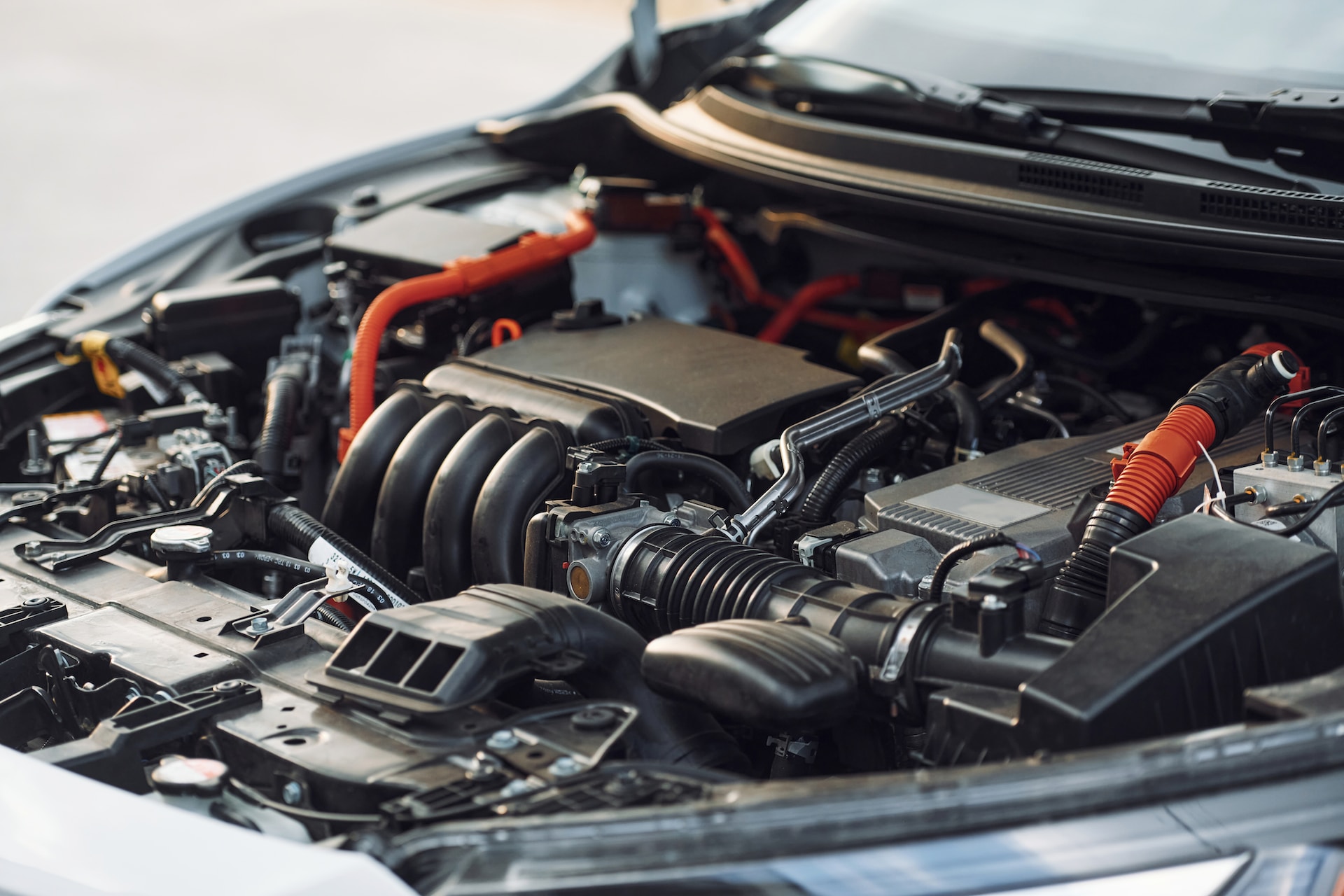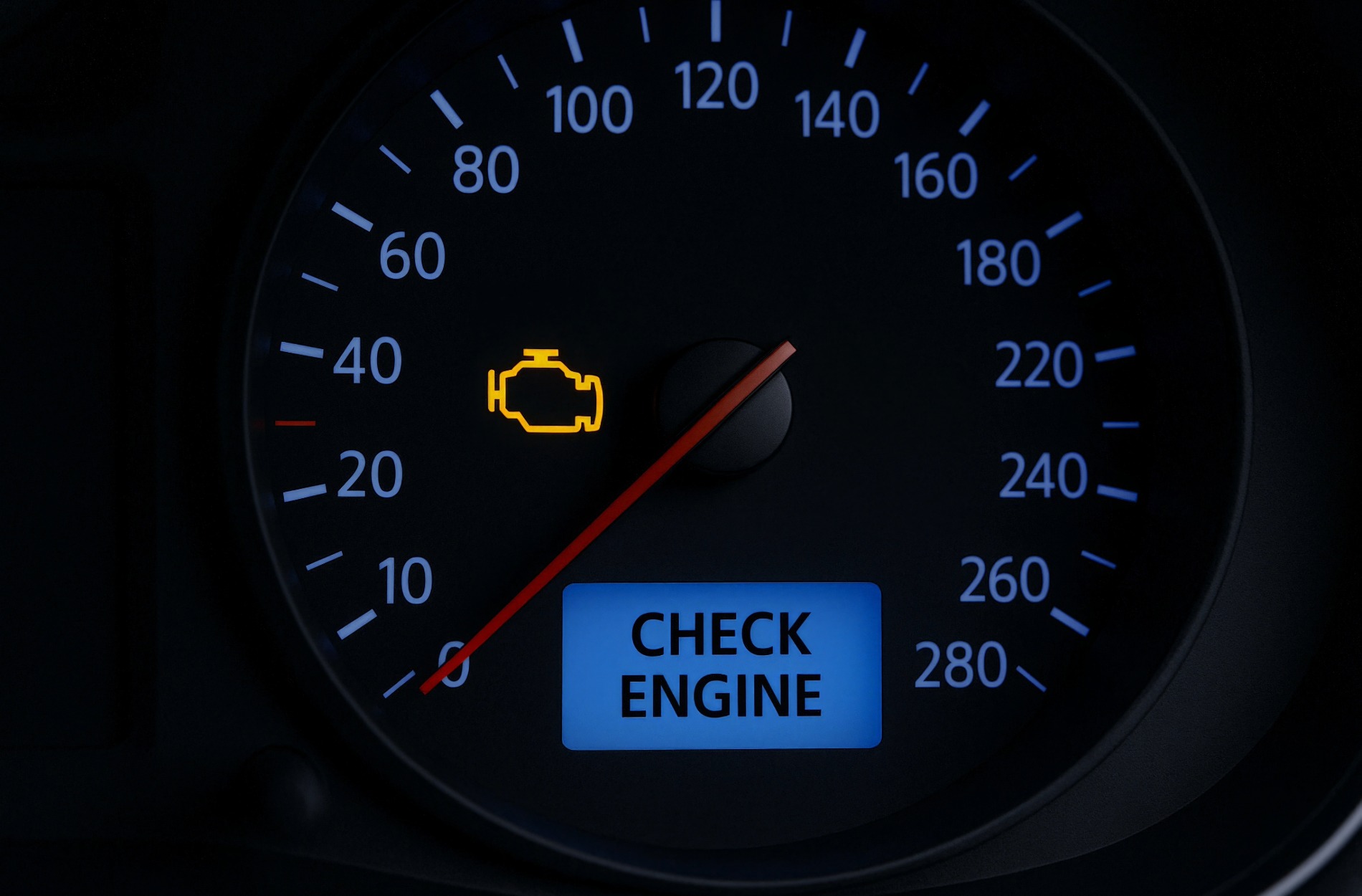When your brake pedal feels unusually soft or sinks closer to the floor than normal, it can catch you off guard. A soft brake pedal isn’t just uncomfortable, it’s a warning sign that something in your braking system might not be working right. Since brakes are one of the most important safety systems in your car, issues like this shouldn’t be ignored.
Brake performance is what helps you stop safely and stay in control of the vehicle. If it takes longer to stop or the pedal just doesn’t feel secure underfoot, that creates a risk every time you hit the road. Many drivers notice the change but aren’t sure what’s causing it. Whether it comes on slowly or all at once, a soft brake pedal is something you want to get looked at as soon as possible to make sure your car’s braking power stays sharp and reliable.
Common Causes Of A Soft Brake Pedal
A soft or spongy brake pedal usually points to a problem with how pressure is being delivered through the system. Your brakes work off hydraulic force, and any disruption in that balance can lead to a pedal that doesn’t give you full stopping power. Several things might be to blame, and understanding them can help you pinpoint what’s going wrong.
1. Brake Fluid Leaks
Brake fluid plays a key role in pushing pressure through the brake lines. If there’s a leak anywhere in that system—around the calipers, hose fittings, or inside the master cylinder—you’ll lose pressure. That pressure drop shows up as a pedal that sinks too much or feels soft. You might even see fluid under the car or near the wheels if the leak is external.
2. Air in the Brake Lines
If air gets into the brake lines, it compresses more than fluid does. That’s one reason brakes can feel light or mushy when there’s air trapped inside. This can happen after a fluid change, during a repair, or if there’s a small leak that’s allowed air to sneak into the system over time.
3. Worn Brake Pads
As brake pads wear thinner, the distance they need to travel to make contact with the rotors increases. It can make the pedal feel softer or less responsive, especially during the first push. In some cases, the brake caliper pistons extend more than they should, reducing pedal firmness.
4. Master Cylinder Problems
The master cylinder is the part that sends brake fluid to each corner of the vehicle. If there’s an internal leak, or if the seals inside break down, it won’t create the right pressure. The result is a pedal that slowly sinks while braking or doesn’t feel right when pressed.
Here’s a relatable example: A driver notices their brake pedal goes almost to the floor in traffic but thinks it’s just old shoes or worn-out floor mats getting in the way. Later, after a quick stop turns into a long one, they get it checked and find a leak in their rear brake line. What seemed minor nearly led to a major problem.
When your pedal doesn’t feel right, it usually means you’re not getting full braking power and that’s something that shouldn’t wait.
Diagnosing A Soft Brake Pedal
If you’ve noticed a soft brake pedal, there are a few steps that can help figure out what’s causing it. While the full repair usually needs a professional, a few visual and physical checks can give you a better sense of what’s going on.
Start with a visual inspection:
– Look under your vehicle for signs of wet spots or stains near the wheels. This might show a brake fluid leak.
– Take a look inside the engine bay. If the brake fluid reservoir looks low or you notice grime around it, there may be a leak or a seal issue.
Then check your brake fluid:
– The fluid should be between the lines marked on the side of the reservoir.
– If it’s dark and murky instead of clear or light amber, it may be contaminated, which impacts performance.
Next, feel the pedal with the car turned on:
– A normal pedal feels firm and responsive. If you press down and it sinks slowly or feels spongy the whole way through, something isn’t right.
– If the pedal firms up after pumping it a few times, air in the lines could be the cause.
Finally, if you’ve checked these basics and still can’t figure it out or if the symptoms seem to get worse, getting a professional to inspect the system is the safest step. They can run a full check using pressure tools, lift the car to inspect all lines and components, and spot problems that don’t always show signs right away.
There’s a lot that can go wrong, so it’s not worth guessing. Especially with brakes, making sure the work is done the right way is what keeps you and others safe behind the wheel.
Solutions To Fix A Soft Brake Pedal
Once you’ve identified the problem, the right fix depends on what’s causing the issue. Brake problems can show up in a few different ways, so a focused approach helps restore safe, confident pedal feel.
– Sealing Brake Fluid Leaks: If the inspection points to a leak, whether it’s at the calipers, lines, or master cylinder, the system needs to be sealed and refilled by a professional. Leaks don’t just mean low fluid. They also let air and moisture in, which weaken the system even further.
– Bleeding the Brakes: If air in the lines is behind the soft pedal feel, a full brake bleed will push that air out and bring responsiveness back. This usually needs to be done at all four corners of the car to make sure the pressure is even throughout the system.
– Replacing Worn Parts: If your brake pads, calipers, or rotors are worn down, replacing them brings things back up to spec. Sometimes the hardware around the pads, like clips, shims, or sliders, are also tired or corroded and might need swapping out.
– Master Cylinder Replacement: When the master cylinder itself fails, it’s more than just a simple fix. That part sends all the pressure to your brakes, so getting a new one installed the right way is key to overall drivability and safety on the road.
Let’s say a driver comes in reporting a soft pedal that seemed to get worse when the weather changed. After checking things over, a tech finds moisture in the brake fluid and a worn master cylinder. Fixing both and flushing the fluid brings the brake pressure back to normal. It saved the driver from dealing with a failed stop in heavy traffic.
Brake systems are complex, and one problem often leads to another if it’s left alone. Getting the right repair done early usually means a smoother, safer result.
Proactive Brake Maintenance Tips
Staying ahead of brake issues doesn’t take much time. It just takes a little consistency. Most people don’t think about their brakes until something feels off. But a few simple maintenance habits can cut down the odds of a soft pedal showing up at the worst moment.
Here are some tips that can help keep your brake system in good shape:
– Schedule regular brake inspections. Once or twice a year, or anytime you’re in for other work, having a trained tech inspect the pads, rotors, lines, and fluid helps catch small problems before they grow.
– Keep fluid levels topped up and clean. Brake fluid absorbs moisture over time, which affects performance. You might not see the impact right away, but if it’s dark or sludgy, it’s time for a full flush and refill.
– Upgrade parts when it’s worth it. Sometimes it makes sense to pick higher-quality brake pads or rotors, especially if you drive in stop-and-go conditions or do a lot of mountain driving. These parts tend to last longer and give better pedal feel.
– Pay attention to pedal feel. If something feels off, like longer stopping distances, a pedal that sinks lower, or a delay in response, get it checked sooner rather than later.
Taking care of brakes doesn’t require tracking a lot of extra stuff. Most of the time, it fits right into your regular service routine. And when it’s done regularly, you’re much less likely to deal with an unexpected problem when traffic is heavy or road conditions aren’t ideal.
How to Stay Safe When Your Brakes Feel Off
Brake pedal softness usually means something deeper in the system is out of balance. It can be tempting to brush it off as a temporary problem, but ignoring it can lead to slow stopping or worse, total brake failure. That’s the kind of risk that just isn’t worth it.
Fixing the issue starts with recognizing the warning signs and getting to the root of what’s going on. Whether it’s a fluid leak, worn components, trapped air, or a failing master cylinder, taking action stops the repair from turning into a bigger, more expensive job.
By staying alert and investing in regular upkeep, you keep brake problems from sneaking up on you. A firm and responsive pedal not only gives peace of mind, it helps you stop when it counts. That’s the kind of control every driver deserves.
Don’t let brake issues compromise your safety on the road. If you’re noticing a soft pedal or experiencing any concerns with your vehicle’s stopping power, it might be time for professional help. Schedule reliable brake repair services with H&I Automotive to keep your braking system working the way it should. Our ASE-certified technicians are ready to make sure your car stops smoothly and safely, giving you confidence behind the wheel.




